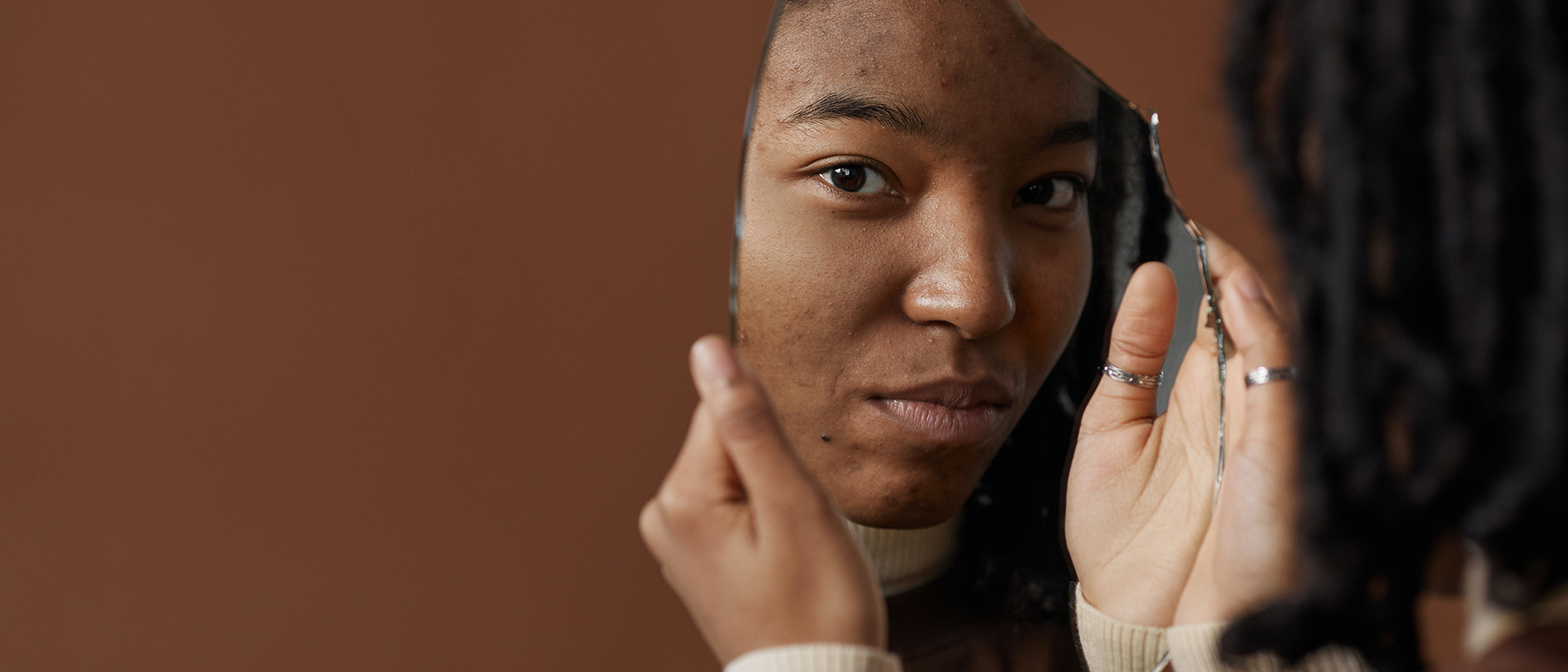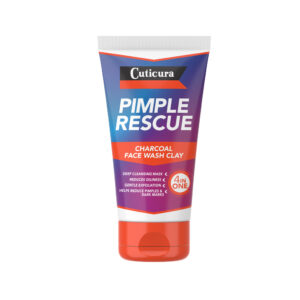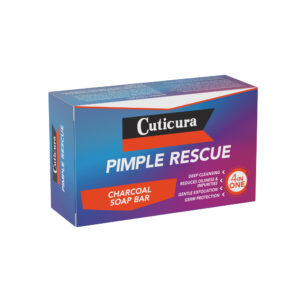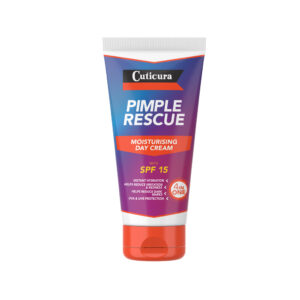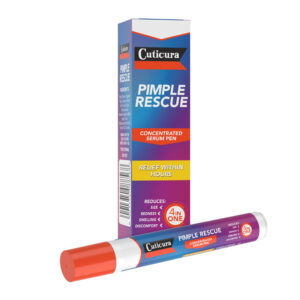Big myths about pimples (and how to get clearer skin)
From taping your skin to icing your pimples, skin care trends have a way of going viral online – even the ones that might damage your skin. So we wanted to clarify common acne myths, look at what causes acne, and shed some light on how to treat pimples.
Common acne myths
Only teens get acne
If you think only teenagers get acne – think again. Acne is a common skin disease that affects both women and men, as well as people of all ages and races.
Time in the sun will take care of zits
Nope. The sun and tanning beds will not help clear acne and can worsen things because too much exposure to the sun’s UV rays can inflame your skin and disrupt the delicate balance required for a radiating glow.
Eating chocolate and greasy food causes pimples
While nutrition is vital for healthy skin, junk food has little to no effect on acne. In fact, eating dark chocolate (with at least 70% cocoa) may even offer some benefits: A study found that participants had thicker and more hydrated skin after daily consumption of an antioxidant-rich cocoa powder for 6 to 12 weeks.
A dirty face leads to acne
Acne is not a result of having a dirty face. Washing your face twice a day is sufficient to remove the surface oil and harmful bacteria on your skin.
Acne is also not tied to wearing makeup. The wrong products might irritate your skin and aggravate existing spots, but makeup products cannot trigger acne (unless you forget to wash your face before you go to bed).
Stress causes pimples
There is also no direct link between stress and acne, but studies have shown that stress slows down the healing of wounds – including acne.
Oily skin is more prone to acne
Unfortunately, all skin types are predisposed to acne.
So, what causes pimples?
Acne occurs when our hair follicles (the pores that look like tiny holes in our skin) become blocked because of excess oil or due to a buildup of bacteria and dead skin cells. The most common areas that might be affected are your face, shoulders, upper back, and chest.
Whiteheads, blackheads, papules, and pustules
When the clogged pore has a yellow or whitish appearance, it is because the ‘plug’ that is blocking the pore is covered with skin. These pimples are known as whiteheads. And when this ‘plug’ is not covered by skin, the exposure to air will oxygenate it, and as a result, it will turn black (and is therefore known as a blackhead).
Papules can develop into pustules, and both look like solid, red or pink, inflamed bumps on your skin. To tell them apart, look for a white-yellow pus-filled tip: Papules do not have these pus-filled tips, but pustules do.
How to prevent pimples
The best way to prevent breakouts is to get into a consistent skin care routine of washing your face twice a day with a gentle cleanser followed by a moisturiser. When you are going into the sun, remember to apply sunscreen or a moisturiser with an SPF of 15 or more.
Taking a tender approach to skin care will also go a long way to keep pimples at bay: Rinse with lukewarm water that won’t strip your skin of its surface oils, and use tender motions when washing and applying moisturiser. This also means absolutely no zit-popping! Squeezing, picking, and poking at your skin is not going to do any good and can only spread the infection and cause scarring.
How to treat pimples when they appear
When spots appear, you can treat them directly with specific products. Cuticura has developed the Concentrated Serum Pimple Pen to get rid of zits – quickly. This handy product is part of the Cuticura Pimple Rescue range and will provide relief within hours. It also helps to reduce the size, swelling, redness, and discomfort of pimples.
What Cuticura products are suitable for acne-prone skin?
We understand that product offerings for skin care can become confusing and expensive, so we have created a simple, affordable, and effective variety of products for acne-prone skin. Each product in the Cuticura Pimple Rescue range offers multiple benefits to ensure a complete acne solution. Plus, you can combine them to create a 3-step regime that works for you and your unique skin problems.
Step 1: Clean your face
Cleanse with a choice of deep cleansing Charcoal Soap Bar, Charcoal Face Wash Clay, or Oil Control Face Wash Gel.
Pimple Rescue Charcoal Soap Bar: Ideal for deep cleansing, it gently exfoliates and reduces oiliness and impurities.
Pimple Rescue Charcoal Face Wash Clay: This is a deep cleansing face wash (that can also be used as a mask). It will help to reduce pimples, oiliness, and even dark marks – whilst gently exfoliating the skin.
Pimple Rescue Oil Control Face Wash Gel: This product cleanses, mattifies, and gently exfoliates the skin – it also reduces oiliness and impurities.
Step 2: Moisturise to protect your face
The Cuticura Pimple Rescue Moisturising Day Cream (with SPF 15) provides instant hydration and sun protection. It is also formulated to help with irritation and redness, as well as reduce dark marks.
Step 3: Attack pimples directly
Pimples have a way of showing up at the most inconvenient of times, even when you have a great skin care routine. But there are two products in the Cuticura Pimple Rescue range that work a charm when pesky pimples come along.
Pimple Rescue Concentrated Serum Pimple Pen: The perfect product to deliver a powerful punch of effective ingredients when and where you need it. Use it on your spots for relief within hours.
Pimple Rescue Charcoal Face Wash Clay: Not only can this product be used as a face wash and a mask, but you can leave it on your pimples as a spot treatment. For best results, apply with clean hands, remove with lukewarm water after a couple of minutes, and then add your moisturiser.
Products in the Cuticura Pimple Rescue range are available at all leading supermarkets and pharmacies nationwide, as well as on Takealot.
Still the One – since 1865.
PLEASE NOTE: The content provided on this site is intended for informational and educational purposes only, and in no way does it replace professional medical advice from qualified healthcare professionals.
List of references:
